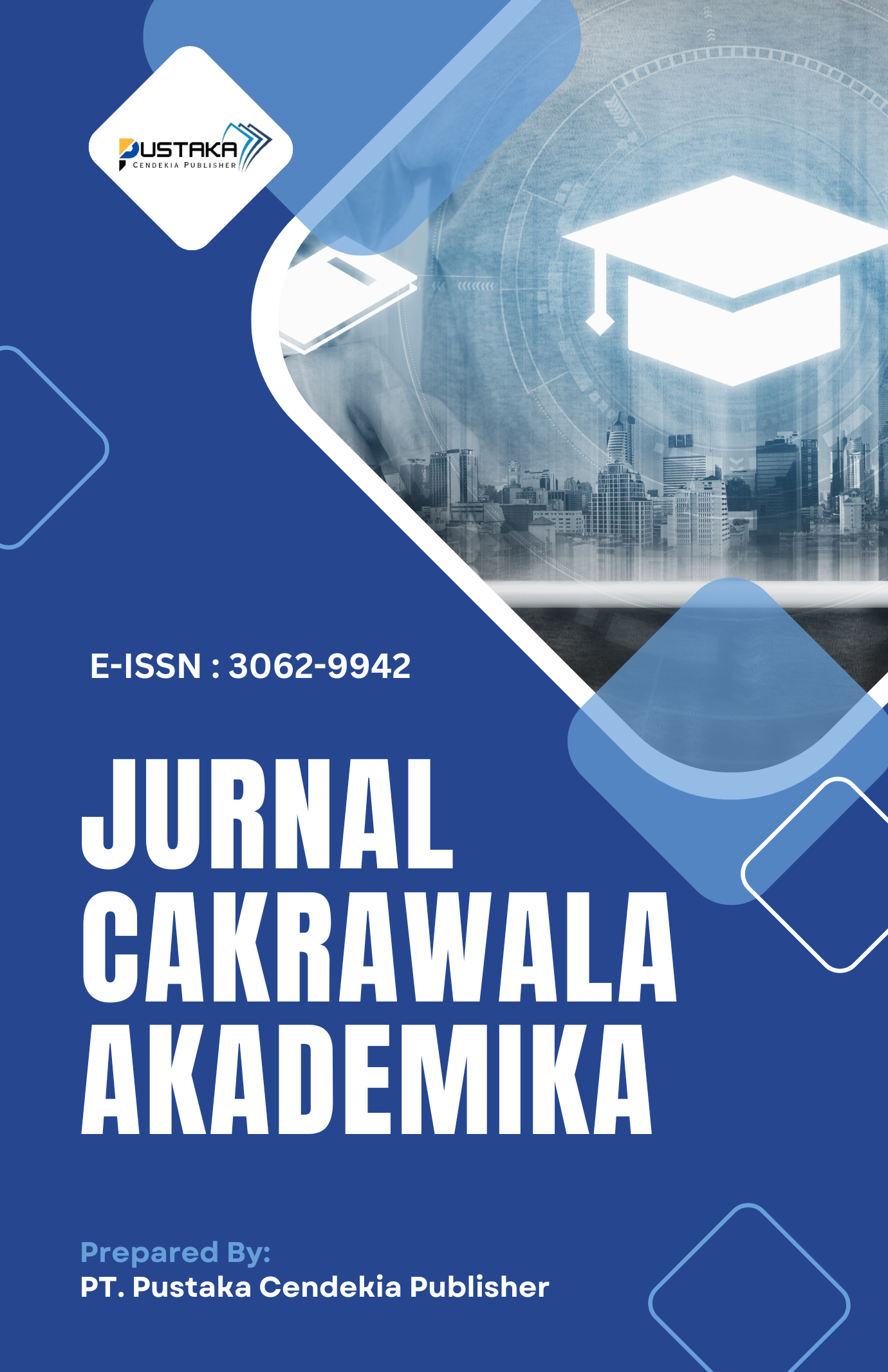The Influence of Giving Yacolt on The Innovative Production of Black Soldier Fly-BSF (Hermetia Ilucens)
DOI:
https://doi.org/10.70182/jca.v2i1.787Keywords:
Yacolt, Black Soldier Fly (BSF), Innovative ProductionAbstract
The objective of this study is to find out the effect of giving Yacolt on the innovative production of BSF flies and to find out which Yacolt is better for BSF fly production The method of this research uses the Complete Experimental Design (CED), with its 4 treatments and 3 repetitions, a total of 36 experimental units as the following combination: Y0 = Control (0 ML), Y1 = Yakult (50 ML), Y2 = Yakult (100 ML) and Y3 = Yakult (200 ML).The results of the study showed that the provision of Yacolt with a concentration of 100 ml had a very significant effect on all treatments. the number of BSF fly eggs with treatment Y2: 10.43a had an effect on treatment Y0, 10.43a, Y1: 10.03ab Y3: 9.43bc and Y0: 9.13c. from the results of the study showed that the provision of yakult with a concentration of 100 ml had a very significant effect on all treatments. the number of changes in fly eggs to BSF larvae with treatment Y2: 10.43a had an effect on treatment Y2: 318.33 a, Y1: 200.67 b, Y3: 110.33 c and Y0: 29.00 d and from the results of the study showed that the provision of yakult with a concentration of 100 ml had a very significant effect on all treatments. the number of BSF Magots with treatment Y2 336.33 a had an effect on treatment Y2: 336.33 a, Y1: 204.00 b, Y3: 95.67 c and Y0: 19.33 d.
Downloads
References
ADB. (2023). Asian Development Outlook 2023: Asia's Economic Resurgence. Asian Development Bank.
Ahluwalia, M. S., & Patnaik, I. (2024). India's Economic Reforms: A Journey Continues. Oxford University Press.
Azalea, H. I. (2009). Kebangkitan Ekonomi India: Berbasis Ib Mncs, Smes, Atau Keduanya? Studi tentang Pola Kebangkitan Ekonomi dalam Kasus India Tahun 1999-2006. Universitas Airlangga.
Creswell, J. W., & Creswell, J. D. (2023). Research Design: Qualitative, Quantitative, and Mixed Methods Approaches (6th ed.). SAGE Publications.
Emzir. (2021). Metodologi Penelitian Kualitatif: Analisis Data. Raja Grafindo Persada.
IMF. (2024). World Economic Outlook: Navigating Global Divergences. International Monetary Fund.
Ismaun. (2005). Sejarah sebagai Ilmu. Historia Press.
Lal, A. K., & Clement, R. W. (2006). Economic development in India: The role of individual enterprise (and entrepreneurial spirit). Asia-Pacific Development Journal, 12(2), 81–99. https://doi.org/10.18356/6632294f-en
Panagariya, A. (2008). India: The Emerging Giant. Oxford University Press.
Panagariya, A. (2021). India's Economic Transformation: From Socialism to Market Economy. Routledge.
S, K. K. (2008). Pembelajaran Sejarah: Teaching of History. Grasindo.
Sjamsudin. (1996). Metodologi Sejarah. Depdikbud.
Srinivasan, T. N., & Tendulkar, S. D. (2023). Reintegrating India with the World Economy. Peterson Institute for International Economics.
Sudaryono. (2022). Metodologi Penelitian Pendidikan. Deepublish.
Sugiyono. (2023). Metode Penelitian Kuantitatif, Kualitatif, dan R&D. Alfabeta.
Tashakkori, A., & Teddlie, C. (2021). Handbook of Mixed Methods in Social & Behavioral Research. SAGE Publications.
World Bank. (2022). India Development Update: India's Growth Story. World Bank Publications.
Downloads
Published
Issue
Section
License
Copyright (c) 2025 Leopoldino V. Martins, Alexander B. Serra, Murlita (Author)

This work is licensed under a Creative Commons Attribution-ShareAlike 4.0 International License.














